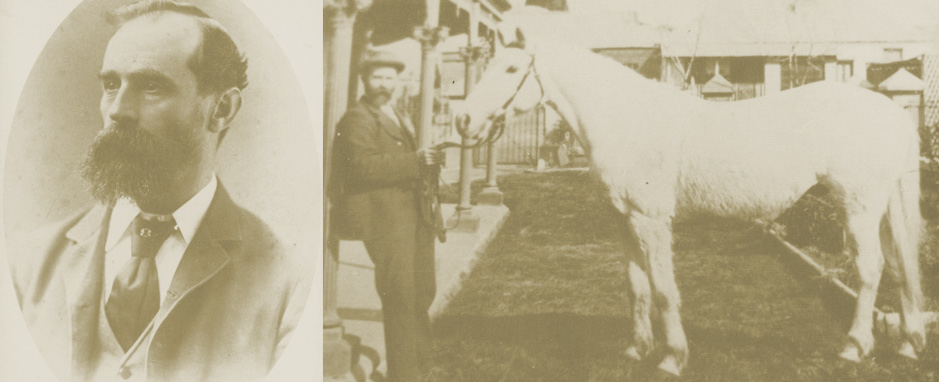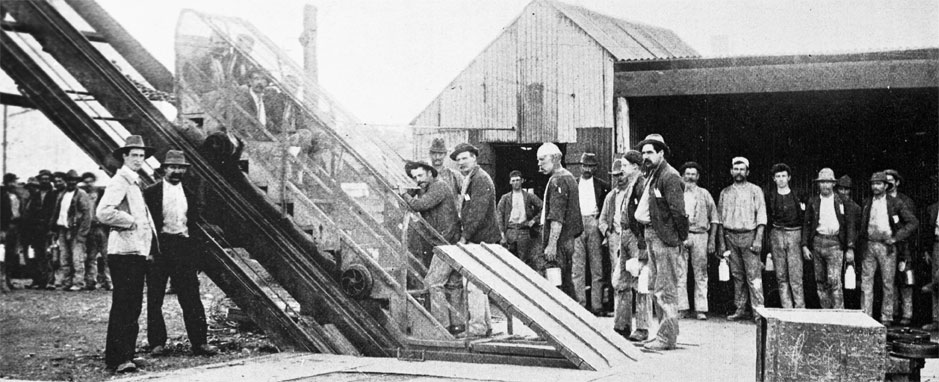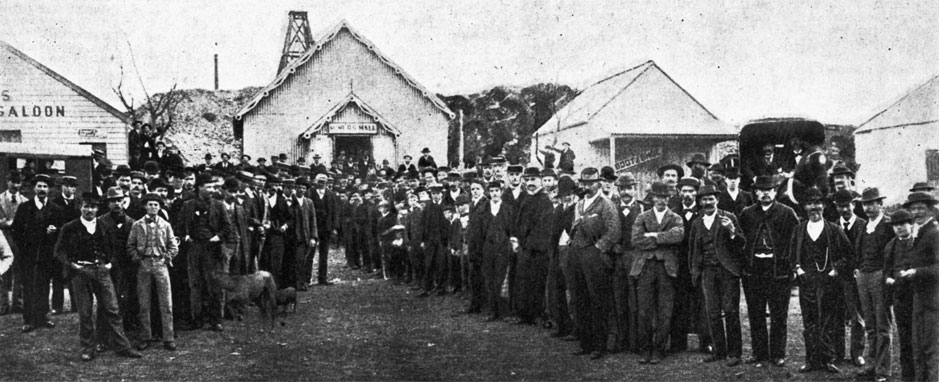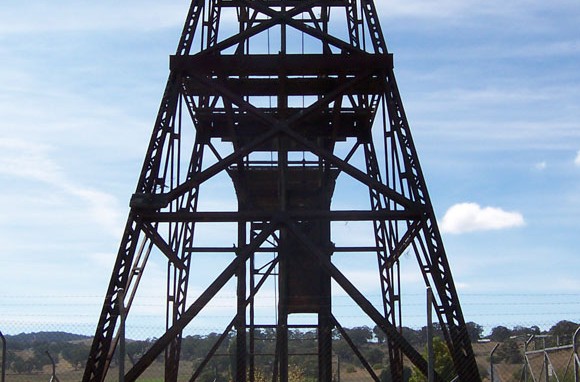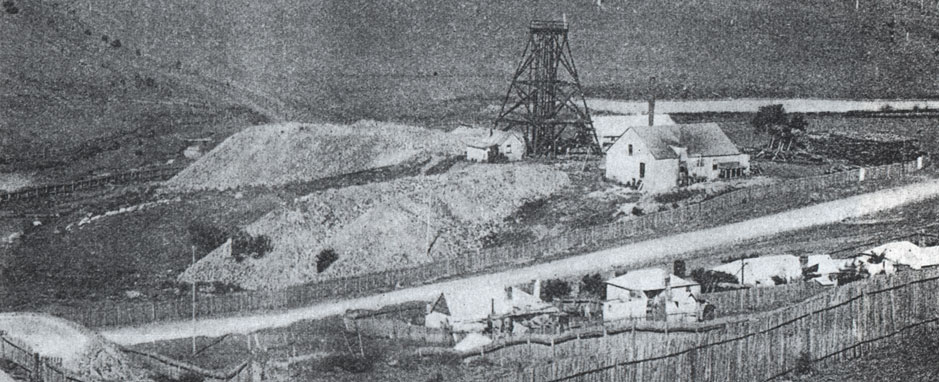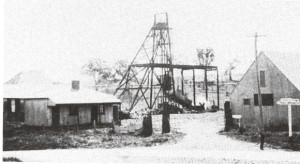
The entrance to Wentworth Main mine in 1935, with the office and pay office on
the left and the equipment store on the right.
Photo courtesy Nita Wasson
The Lucknow goldfield was discovered in 1851, soon after Australia’s first payable gold was found at nearby Ophir. The Wentworth Main Mine, located on the eastern side of the village, relates to the 1890s and 1930s mining booms.
The entire mining area was situated on land initially owned by William Charles Wentworth; the gold field was known as the Wentworth Field until the name Lucknow was adopted in 1863. It is said the name ‘Lucknow’ derived from good prosperity the town offered i.e. luck now.
The Wentworth Main Mine tells the story of goldmining in the Central West, from its early stages in the 1850s, through three stages, until its closure in the 1950s. It has been estimated that the fields yielded around 14,000 kg of gold in all.
One hundred and sixty years on, the landscape around Lucknow is still dominated by its gold mining heritage. Poppet heads, mine buildings, mullock heaps & bluestone dam walls are still plainly visible in & around the village.Lucknow, near Orange, which was worked extensively from 1862 to 1867, yielding 504 474 oz to 1923.
Explore the History of Wentworth Main Mine
This room is said to be the First Aid Room, set up to render first aid when a mine disaster or accident occurred. Miners would have … Read more
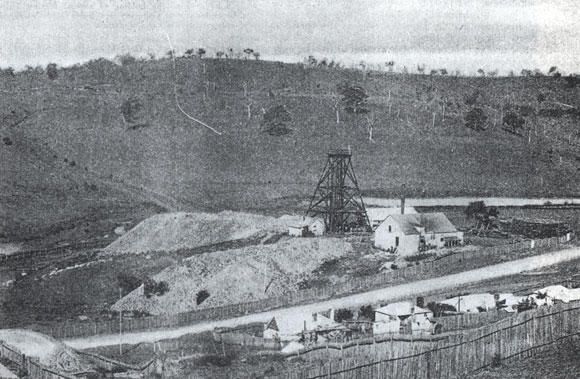
Wentworth Main head-frame and winding-house in c1895 from the South with substantial mullock heaps running North and West. The houses along the west side of … Read more
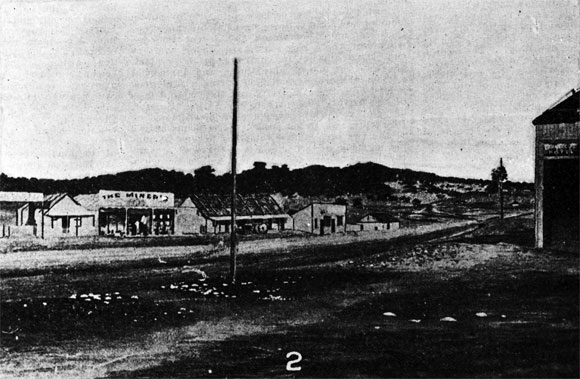
“Lucknow is a mining township, consisting of in all some one thousand and thirty-three acres, only a very small portion of which so far has … Read more


